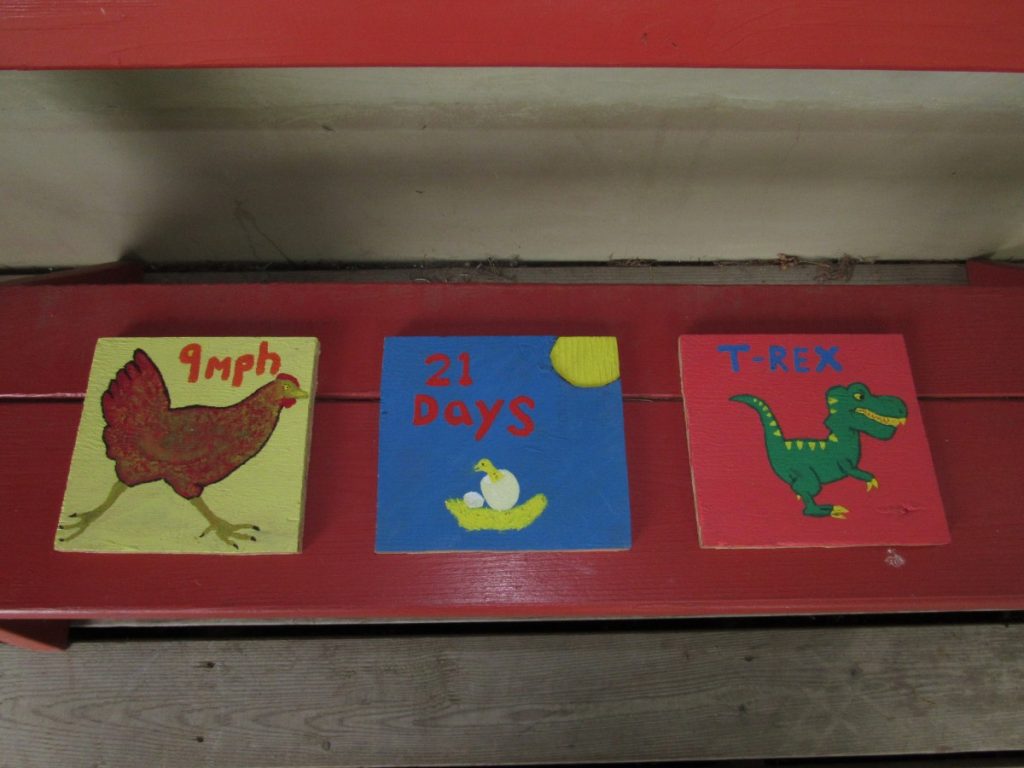Where to begin? The exact question I asked my self and my support team when I began the endeavor of reworking the curriculum for the workshops offered in the Field Trip Program. I’d only written one lesson plan back in high school for a second grade class about Jupiter, this was a whole other world, much more involved. I was offered many materials and resources to draw from, including the Edible Schoolyard’s curriculum, the book Schoolyard-Enhanced Learning, as well as Karen’s curriculum, who runs the Seed to Table summer camps. She had been doing contracting work for GRuB to revamp our curriculum, and when funding ran out I stepped in.
I dove into familiarizing myself with the current workshops, and the resources provided to me. Katherine and I also collected feedback from the high school students presenting these workshops, to find out what worked for them, and what they’d like to see differently. With my head full of ideas and experiences, from the field trips we’d facilitated thus far, I commenced with rewriting the materials. I adjusted the formatting for easier legibility and synthesized as much of the materials and feedback I’d been given as I could.
Several of the workshops I’d been handed were not formatted as curriculum traditionally is, with learning objectives and measurable outcomes. In sifting through the source materials, I learned this was a significant tool to use, particularly to help with the transitions of the workshop, which have been quite choppy in my experience, and with identifying the purpose of the lesson for the crew members. If they understand the full context of the material and are provided with ways to not only present the material, but also to check for understanding and learning from the participants, I believe this will help in their presentation.
Beyond what I’ve read and drawn from for the lesson plans, the personal experience of practicing the workshops with the youth, and stepping in to lead some has taught me much of the challenges and demands of teaching. Many of the field trips did not go according to plan, and often presented us with challenges we could not prepare for. In these moments, we practiced emergent design, meaning being flexible and adaptive to unforeseen circumstances and adjusting or recreating plans accordingly. When some of the high school youth protested their bus driver that brings them to GRuB (after many frustrating exchanges throughout the year) and decided to walk instead, we had to quickly shuffle around our forces to make sure that we had tour guides and workshop leaders for the field trip of 72 students that was arriving momentarily. And we did so with relative ease and great success!
Building relationships with the crew over the quarter has also been a highly rewarding experience and a learning opportunity as well. Each individual high schooler has their own needs and communication styles. It was a challenge to learn how to approach each differently, how to encourage them to step up and follow through, and how to support them during trying times. Although many of them have not opened up to me, there are several with which I have engaged in long conversations and others that I’ve expressed vulnerability to, in hopes of relating more deeply and offering support. For my first experience work in such a capacity with high school aged students, I feel that I managed to strike a healthy balance of meeting them where they are at, encouraging them to push themselves, and offering support when I’ve observed it pertinent.
The point to which I’ve worked the curriculum is a large step forward, and it is still in its draft stage. I wish to present the documents I’ve written as they currently stand, workable first drafts. Additionally, I’ve created some visual aids to accompany one of the workshops, and plan on doing so for another before the quarter ends. It has been helpful to view the curriculum as more than just the piece of paper that I have been constructing— knowing how each of them have been delivered thus far, the questions most often asked by visitors, where gaps exist and where there is wasted energy, has informed my process. Refining the workshops will be an ongoing practice, and where I have them now, with a thorough process and content outline, the questions to ask to lead the young ones to learn, accompanying visual aids, and extra activities to include during extended trips or when extra time is available, is a solid place to be.


Be First to Comment